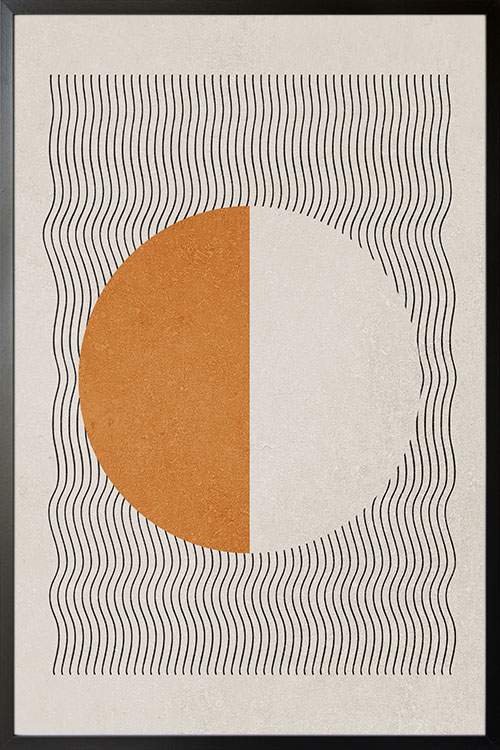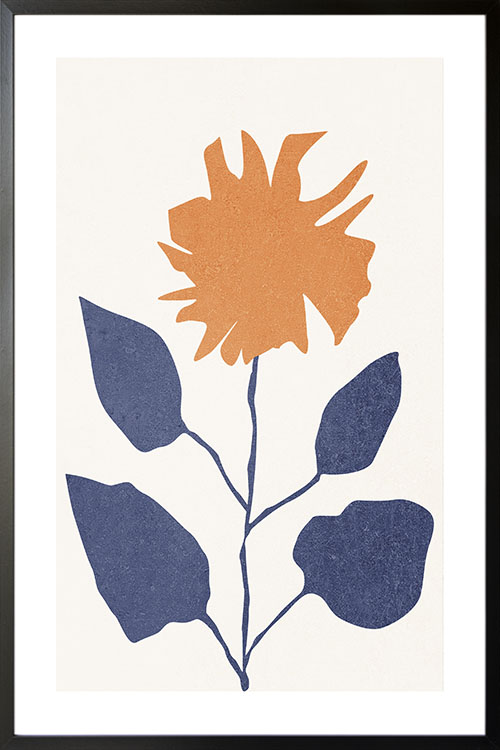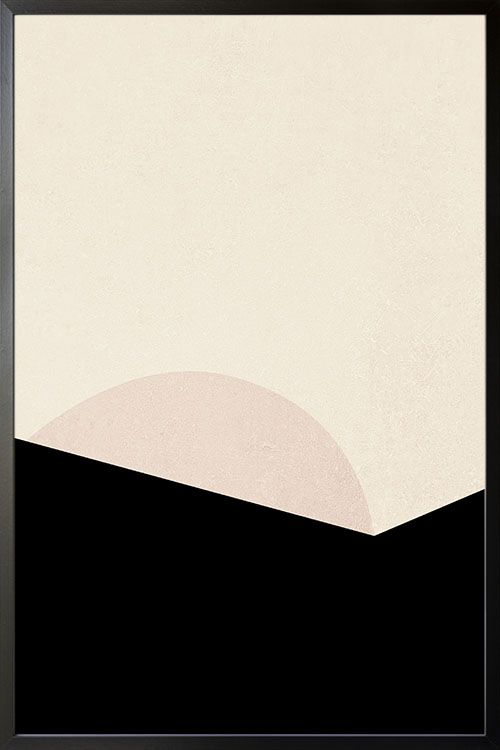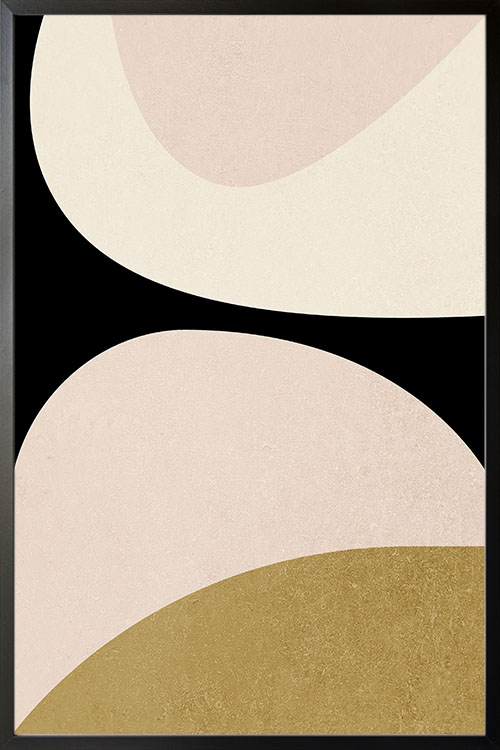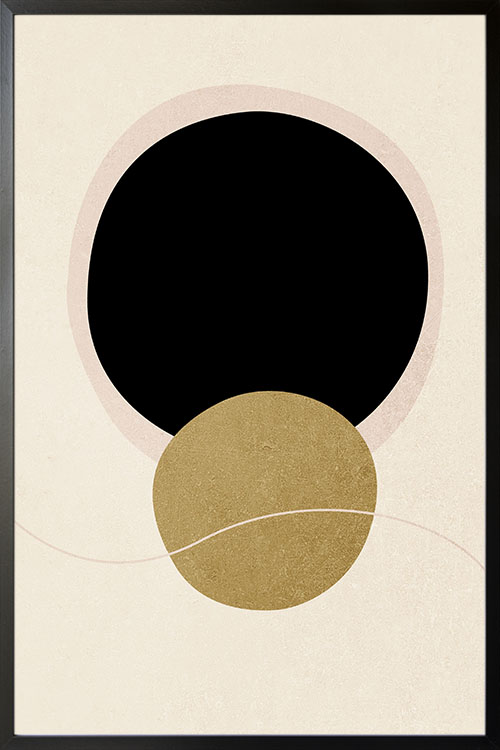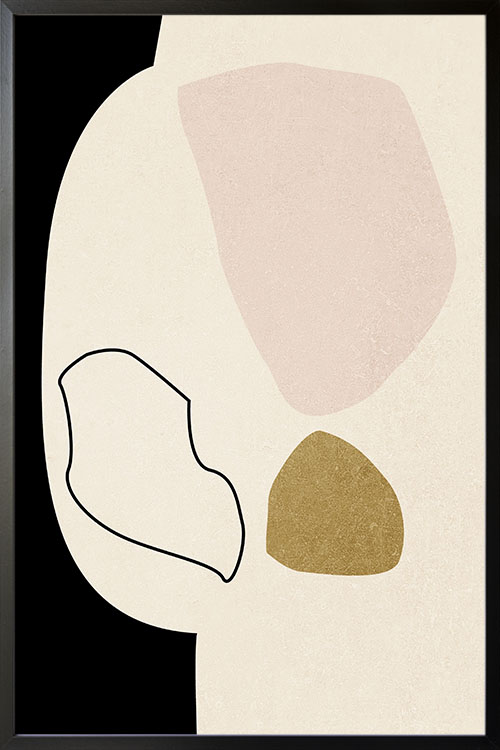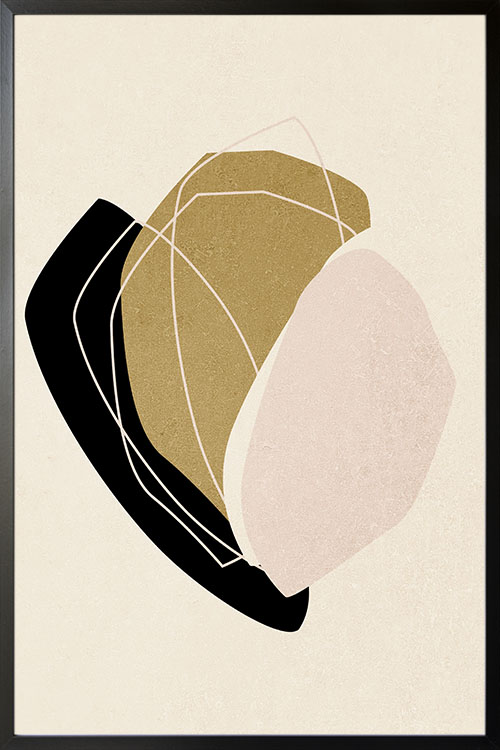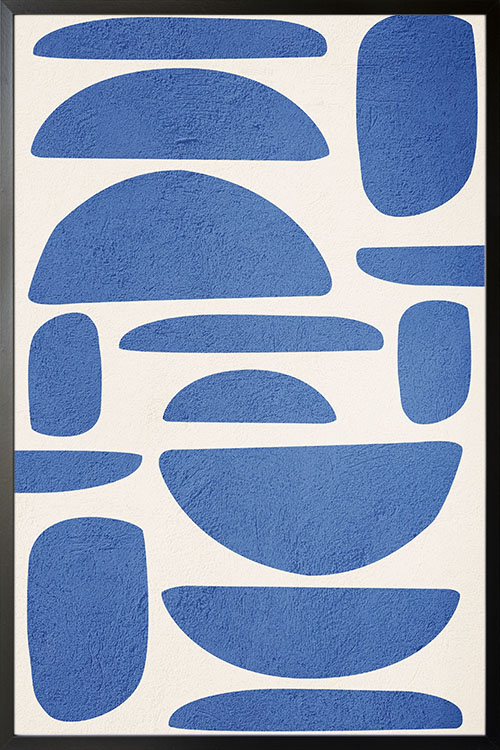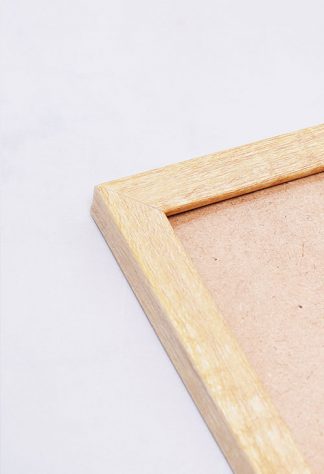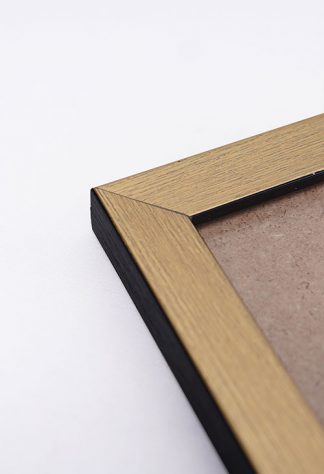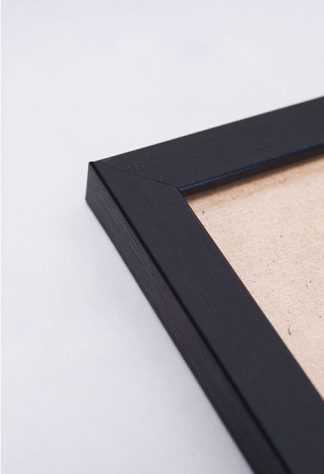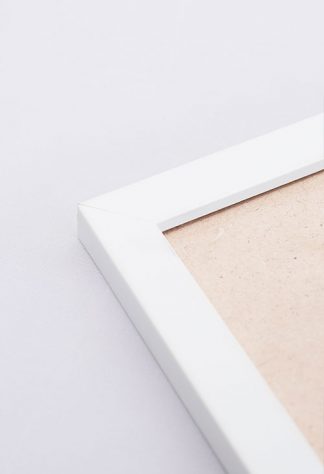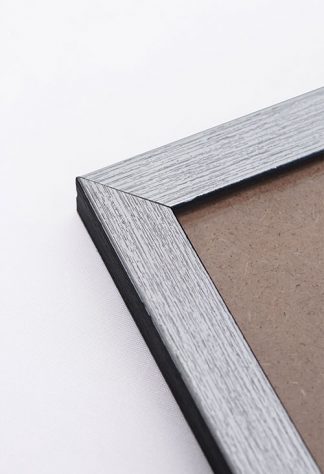
Our homes are continuously evolving and you may develop a love/hate relationship with them. You may sometimes feel a disconnection with your home or even your room. In reality, there is no perfect relationship that will make you feel at ease at all times. Most of us can see at least a few flaws in our homes. Whether you are talking about the arrangement of your furniture pieces or the appearance of your decorative items. These may not be visually appealing as you see them every day. Time to refresh your home to boost the overall appearance.
There are different ways to refresh your home. Even if you are tight on the budget, you can still successfully achieve an interior appearance that will surely be adored by anyone. Sometimes you just need to be innovative and creative in looking for ways to spruce up your homes. With these easy steps, you can have a home interior that is worth flaunting in your social media account.
Remove all accessories to refresh your home
Sometimes, the decorative items that you add become an eyesore. Remove any item that is not needed except for furniture pieces, drapes, and rugs. You may find other places for them in other rooms such as the dining or the kitchen. Start with this step and you will see the overall appearance of your home at a bird’s eye view.
Furniture pieces arrangement
Check the arrangement of your furniture pieces. Sometimes by just rearranging them can give your home a whole new look. This is possible if your room allows them in different arrangements. The good thing about this is that you may be able to do the cleaning simultaneously.
Check your collectibles
Time to see if you have unwanted items in your collection. Time to discard or sell them to prevent the accumulation of clutter. Check where they are usually located such as the bookshelves, corners of your house, study area, and others. Old books and magazines may be donated or sold. Use boxes to temporarily store them until such time that they will be disposed of.
Add plants to refresh your home
Plants and flowers can totally transform the overall appearance of your home. They can make your rooms look fresh and pollution-free. Studies also have shown that flowers and plants can provide health and environmental benefits. In addition to these, a mini garden can be the focal point of your room.
Add texture to your rooms
This can be achieved with a nicely decorated blanket, rope-wrapped candlesticks, and rugs. You can also add texture to your walls with cool poster art. These can make your room look trendy and stylish.
Light a candle to your home
Scented candles are great not only to illuminate your home. They can also add fragrance to calm and relax your mind and body. In addition to these, scented candles are also perfect to display if you want to add colors to your home. Display them in the living room or on the console table.
